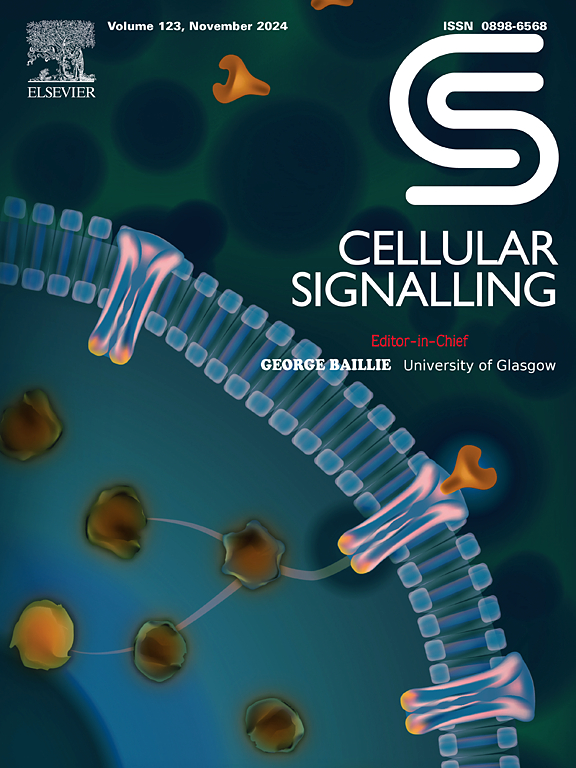在复发性自然流产中,下调NNMT通过抑制COMP/CD36/ERK1/2轴影响滋养细胞功能
IF 4.4
2区 生物学
Q2 CELL BIOLOGY
引用次数: 0
摘要
复发性自然流产(RSA)与滋养细胞功能障碍密切相关,但其潜在的调节机制尚不清楚。在此,我们发现与正常妊娠相比,RSA绒毛组织中烟酰胺n -甲基转移酶(NNMT)水平显著降低。NNMT敲低可抑制滋养细胞的增殖、迁移和侵袭,提高胚胎在体内的吸收率。在NNMT的上游,FOXA1被鉴定为其转录调控因子,在RSA绒毛组织中也下调。机制上,减少的NNMT导致甲基供体s -腺苷基蛋氨酸的积累,从而促进组蛋白H3在赖氨酸27位点的甲基化。这种表观遗传修饰进一步抑制了软骨寡聚基质蛋白(COMP)的表达,以及其与CD36受体的结合和随后在滋养细胞中激活ERK1/2通路。总之,我们的研究证明了NNMT在母胎界面的关键作用,为RSA的发病机制提供了机制见解,并为开发靶向治疗奠定了基础。本文章由计算机程序翻译,如有差异,请以英文原文为准。
Downregulation of NNMT affects trophoblast function via inhibiting COMP/CD36/ERK1/2 axis in recurrent spontaneous abortion
Recurrent spontaneous abortion (RSA) is closely associated with trophoblast dysfunction, yet the underlying regulatory mechanisms remain poorly understood. Herein, we found a significantly decreased level of nicotinamide N-methyltransferase (NNMT) in RSA villous tissues compared to normal pregnancies. NNMT knockdown suppressed trophoblast proliferation, migration and invasion in vitro, and increased embryo absorption rate in vivo. Upstream of NNMT, FOXA1 was identified as its transcriptional regulator, which was also downregulated in RSA villous tissues. Mechanistically, reduced NNMT led to the accumulation of methyl donor S-adenosyl methionine, thus promoting the methylation of histone H3 at lysine 27. This epigenetic modification further inhibited the expression of cartilage oligomeric matrix protein (COMP), along with its binding to CD36 receptor and subsequent activation of ERK1/2 pathway in trophoblast. Together, our study demonstrates the crucial role of NNMT at the maternal-fetal interface, provides mechanistic insights into the pathogenesis of RSA, and lays a basis for developing targeted therapies.
求助全文
通过发布文献求助,成功后即可免费获取论文全文。
去求助
来源期刊

Cellular signalling
生物-细胞生物学
CiteScore
8.40
自引率
0.00%
发文量
250
审稿时长
27 days
期刊介绍:
Cellular Signalling publishes original research describing fundamental and clinical findings on the mechanisms, actions and structural components of cellular signalling systems in vitro and in vivo.
Cellular Signalling aims at full length research papers defining signalling systems ranging from microorganisms to cells, tissues and higher organisms.
 求助内容:
求助内容: 应助结果提醒方式:
应助结果提醒方式:


